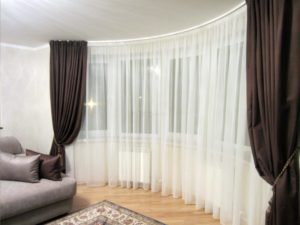 Snow-white tulle is the most popular window decor. The main reasons to dye tulle:
Snow-white tulle is the most popular window decor. The main reasons to dye tulle:
- desire to change the interior;
- the need to give a fresh look to a curtain that has lost its snow-whiteness over time.
Existing whitening products solve the problem partially and not for long.
Gray or yellowed tulle can be replaced with a new one, or you can give it a second life by repainting it in a new color.
Fabric dyeing is an affordable and widespread service. Curtains can always be entrusted to specialists. However, painting yourself has undeniable advantages:
- saving money and time (the process is not labor-intensive; as a rule, it requires much less time than delivery and waiting);
- the ability to accurately select the desired color and its intensity.
How to paint tulle at home
You can give tulle almost any color yourself. When choosing a dye, it is advisable to weigh the strengths and weaknesses of each. All colors can be divided into chemical and natural.
Chemical dyes
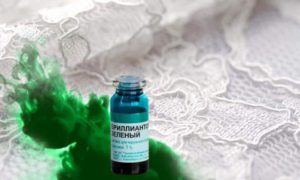 Chemical dyes include potassium permanganate and numerous aniline dyes, including brilliant green solution (zelyonka). They are very popular, their advantages:
Chemical dyes include potassium permanganate and numerous aniline dyes, including brilliant green solution (zelyonka). They are very popular, their advantages:
- wide color palette;
- ease of use compared to natural ones.
The disadvantages include:
- less gentle treatment of fabric compared to natural ones;
- the presence of a pungent odor for some, sometimes long, time after painting.
Natural materials used to dye tulle
There are not many natural colors, but their shades are quite noble, many of them are universal. Coloring can be done with tea, coffee, herbal infusions, juices of numerous vegetables and fruits, the most popular being beet juice. The advantages of such dyes:
- gentle treatment of fabric;
- the smell, if it remains, is not sharp and dissipates quickly.
Flaws:
- limited color selection;
- more time-consuming to prepare.
Preparing a tulle curtain for painting
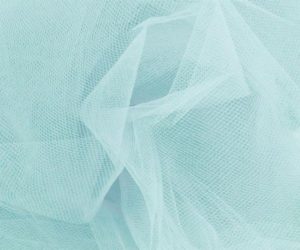 The preparation process is practically no different from regular washing. The washing temperature should not exceed 30 °C for synthetic fabrics and 40 °C for natural ones.
The preparation process is practically no different from regular washing. The washing temperature should not exceed 30 °C for synthetic fabrics and 40 °C for natural ones.
Important! Additional attention should be paid to:
- shaking out the curtain before washing so that there are no small specks left that can prevent uniform coloring;
- gentle spin, it is better not to squeeze at all, let the water drain: creases will also prevent the uniform distribution of color.
How to dye tulle at home
After washing the curtain, we begin preparing the dye. The methods differ depending on what you choose.
Aniline dyes
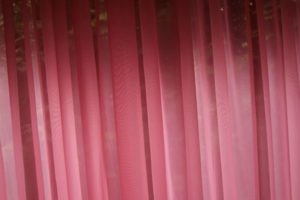 Quite comfortable to use.As a rule, you need to dilute a certain amount of color in the appropriate amount of water, stir, soak, and rinse.
Quite comfortable to use.As a rule, you need to dilute a certain amount of color in the appropriate amount of water, stir, soak, and rinse.
Important! Before use, you must carefully study the instructions and act strictly according to them! Failure to comply with the proportions can irreversibly damage the tulle.
Zelenka
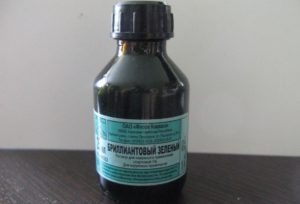 Zelenka does not completely dissolve immediately, so it is preferable to first prepare a concentrated aqueous solution in a glass. For this:
Zelenka does not completely dissolve immediately, so it is preferable to first prepare a concentrated aqueous solution in a glass. For this:
- drop a small amount of greenery into a glass;
- fill with water and leave for 5–10 minutes;
- stir;
- If you are not sure that the particles have completely dissolved, it is better to strain it before adding it to a bowl of water.
In a basin, mix warm water and a solution of brilliant green. If you do not want to dilute the aqueous solution separately, give the brilliant green additional time to completely dissolve directly in the basin.
Attention! The concentration depends on the required shade. If you are unsure how brightly green you want the fabric to turn, you should start with a pale solution. If you want to get a brighter color, the procedure can always be repeated with more dye.
Important! The curtain is placed only in a homogeneous aqueous solution of brilliant green; if you want to increase the concentration, you need to remove the curtain from the basin, add and stir the color, put the curtain in the basin.
To ensure uniform coloring, the tulle must be rotated. Having received the desired color, rinse.
Potassium permangantsovka
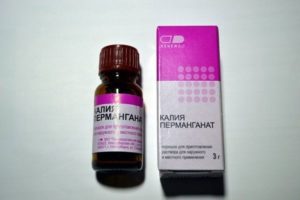 Painting lilac with potassium permanganate is similar to painting with brilliant green:
Painting lilac with potassium permanganate is similar to painting with brilliant green:
- dissolve a small amount of potassium permanganate in a glass of water;
- leave for 5 minutes, stir;
- pour warm water into the basin;
- We also filter a concentrated solution of potassium permanganate in an amount sufficient for the desired shade;
- stir;
- soak the tulle;
- To ensure uniform coloring, constantly turn it over for 15 minutes;
- rinse with cool water.
Tea or coffee
 A natural dye made from tea or coffee will make a curtain brown or cream:
A natural dye made from tea or coffee will make a curtain brown or cream:
- Brew 1–2 tablespoons of tea or coffee with boiling water, the amount of boiling water is not important (usual cup, jar), the color will be diluted;
- After 7–10 minutes, strain;
- pour water and brewed tea or coffee into a basin, mix, the temperature in the basin should be approximately 30 °C;
- soak the tulle and constantly turn it;
- Having received the desired color of the curtain, rinse it with cool water.
Beetroot
 Beetroot can dye fabric a pleasant beetroot color; for this you will need:
Beetroot can dye fabric a pleasant beetroot color; for this you will need:
- thoroughly wash or peel the beets;
- we cut it and fill it with vodka, depending on the expected color saturation, the proportions can be from 0.5 to 1 liter of vodka per 1 kg of beets;
- cook the beets in this solution until tender (check with a knife);
- filter the solution;
- pour warm water and strained beet broth into a basin;
- soak the curtain, don’t forget to turn it over;
- When the desired shade is achieved, rinse.
Features of painting nylon tulle
Nylon fabric fibers are more difficult to paint than others. To dye nylon using the methods described above, it is necessary to add salt to the dyeing solution. The approximate norm is 1 heaped tablespoon per 10 liters of water (standard basin).
Dyeing tulle in the washing machine
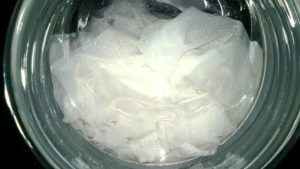 Painting with a washing machine has its advantages:
Painting with a washing machine has its advantages:
- relief of manual labor;
- more intensive mixing, resulting in uniform coloring.
There are disadvantages:
- as a rule, additional time is required;
- risk of slight staining of white items during subsequent washing.
The principle of painting is similar to manual:
- shake out, pre-wash, but do not wring;
- dilute the dye according to the instructions (special products) or according to recommendations (folk);
- pour the concentrate into the drum;
- we put the curtain there;
- select the washing mode without spin;
Important! Machine wash only without pre-soaking, otherwise the color may be uneven.
- We take out the curtain and start the machine without laundry to rinse.
Unusual dyes for tulle
There are many natural materials that can color tulle. Here are some of them and the colors they can be painted in:
- calendula and dandelion – yellow;
- carrots – orange;
- onion peel - from yellow to brown;
- sorrel and yarrow - green, more natural than green grass;
- blackberry – black.
Conclusion
The choice of product when dyeing tulle yourself depends on personal wishes and beliefs, as well as the availability of certain dyes at home. Painting is a way to transform an old curtain that has already served its purpose. This is a great opportunity for experimentation and self-expression!


 1
1

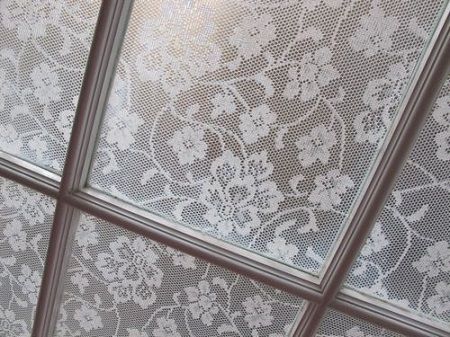
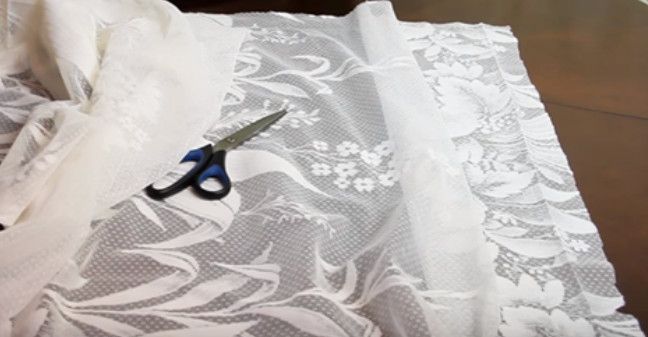

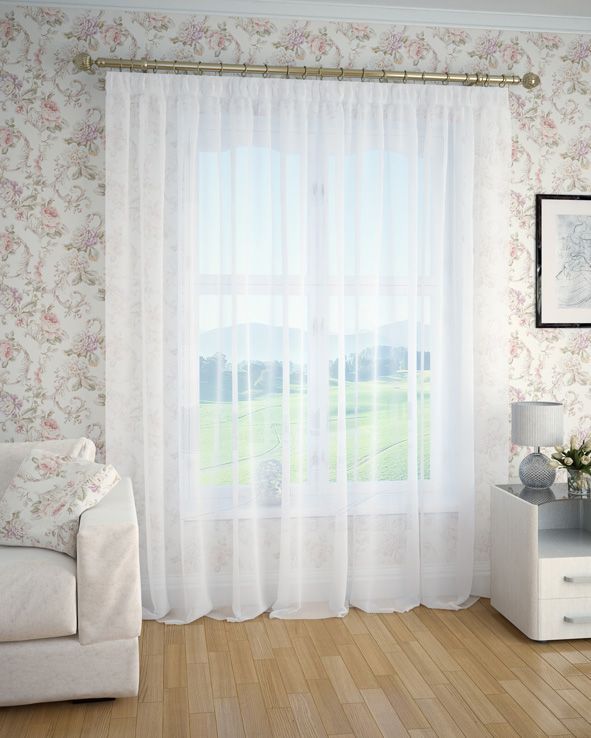

Hello Maria! Please specify:
For the shadow theater screen I want to repaint the old white tulle. Tell me, which of the listed methods have you tried yourself?